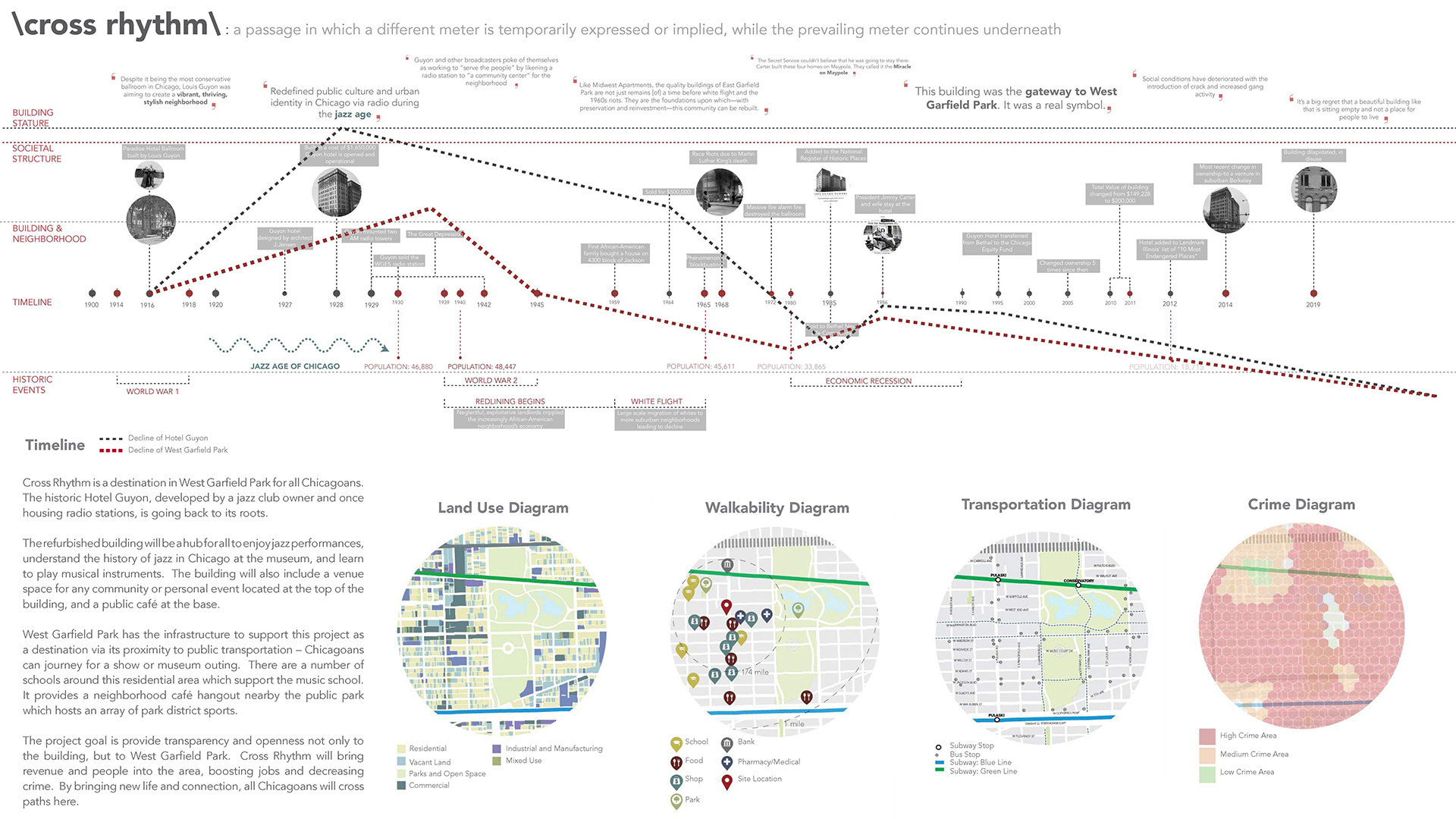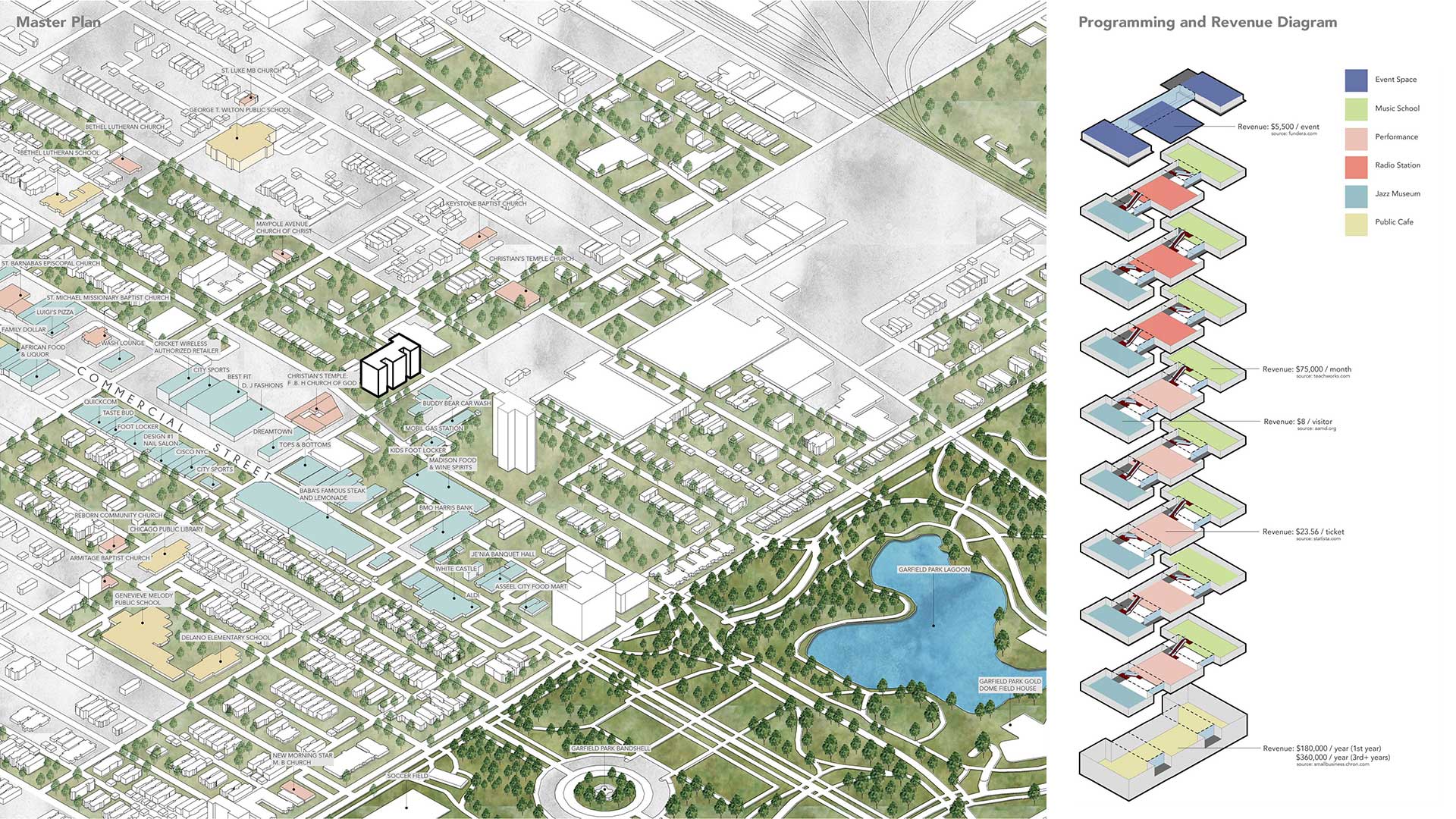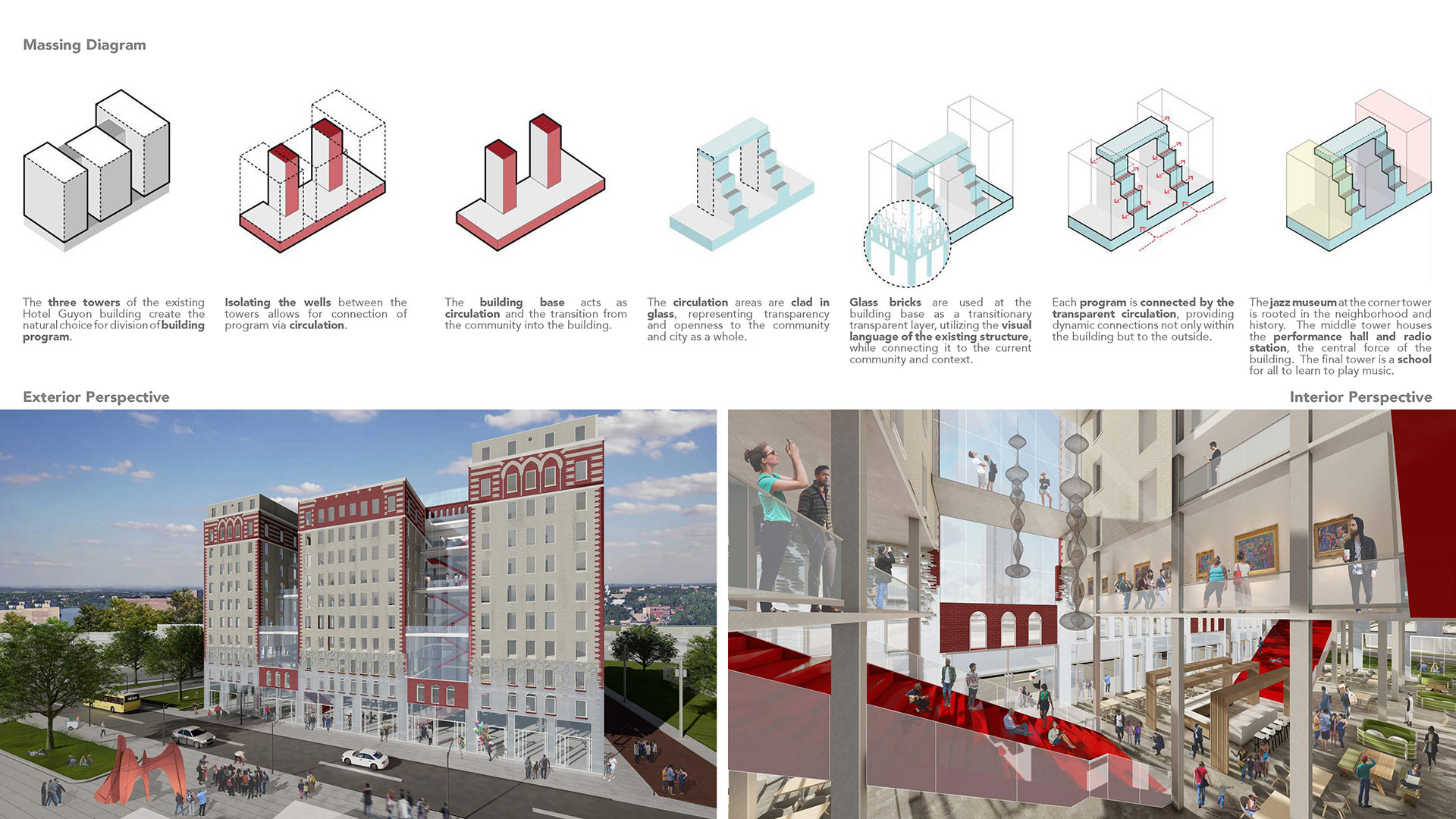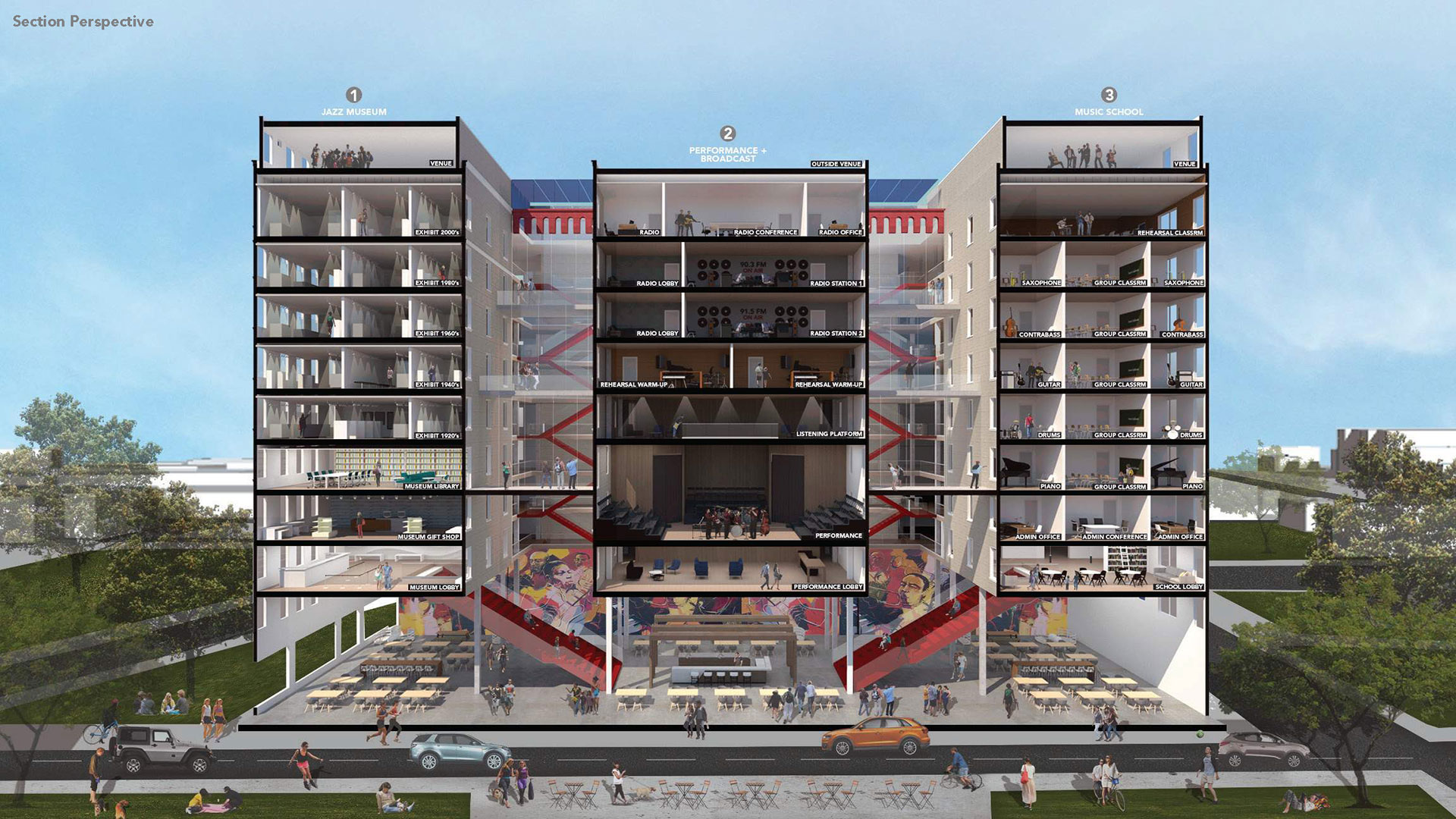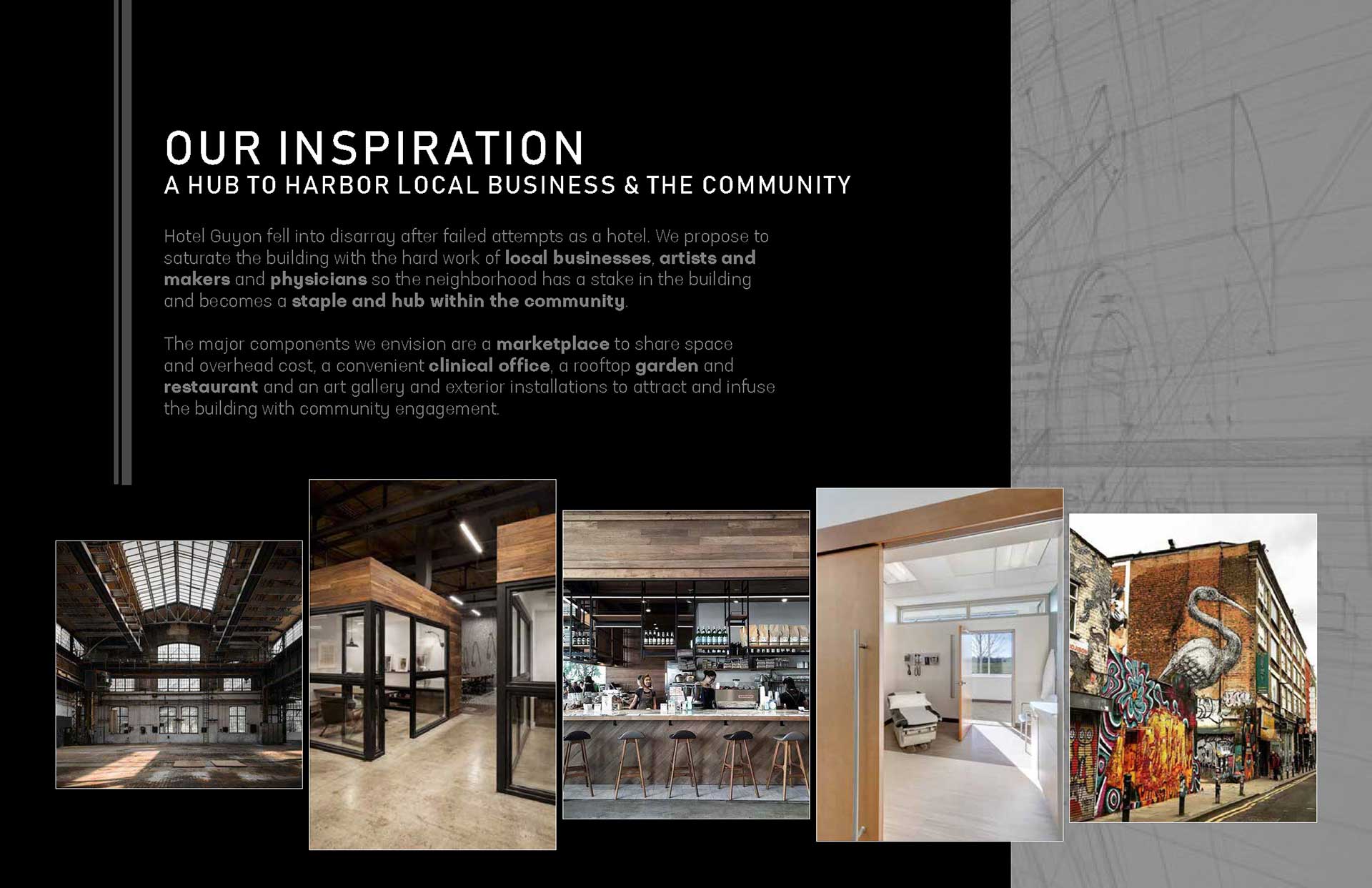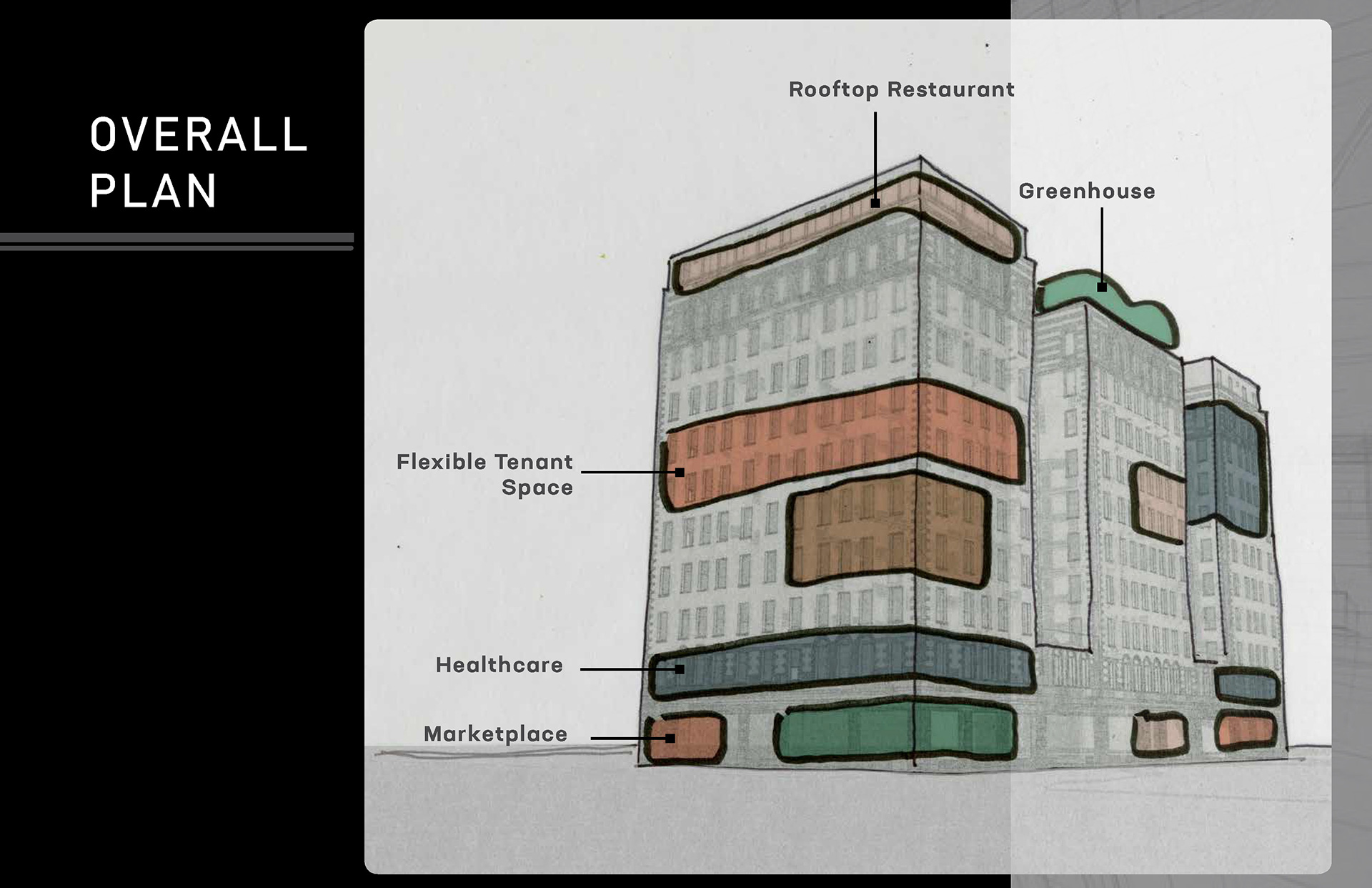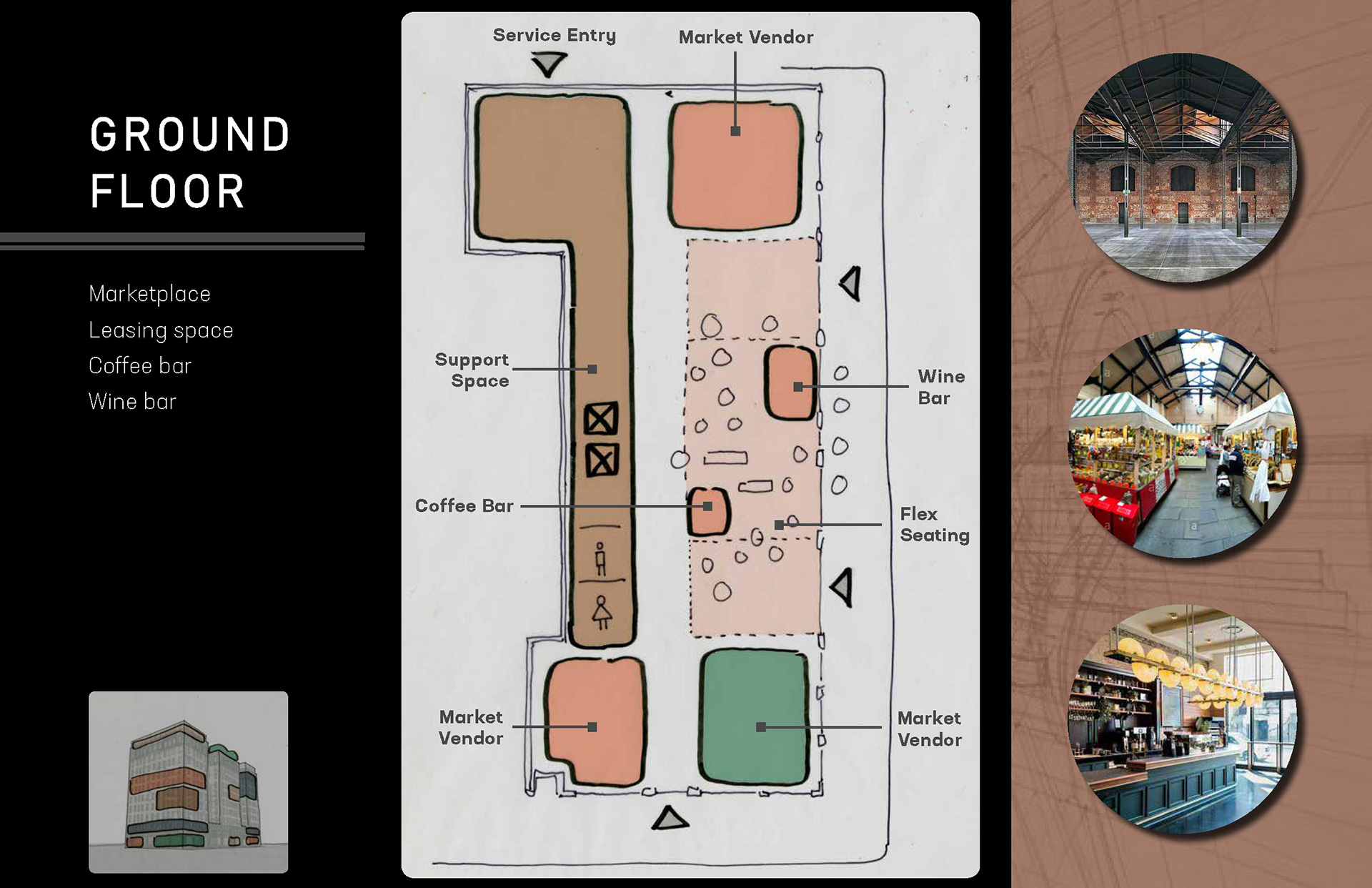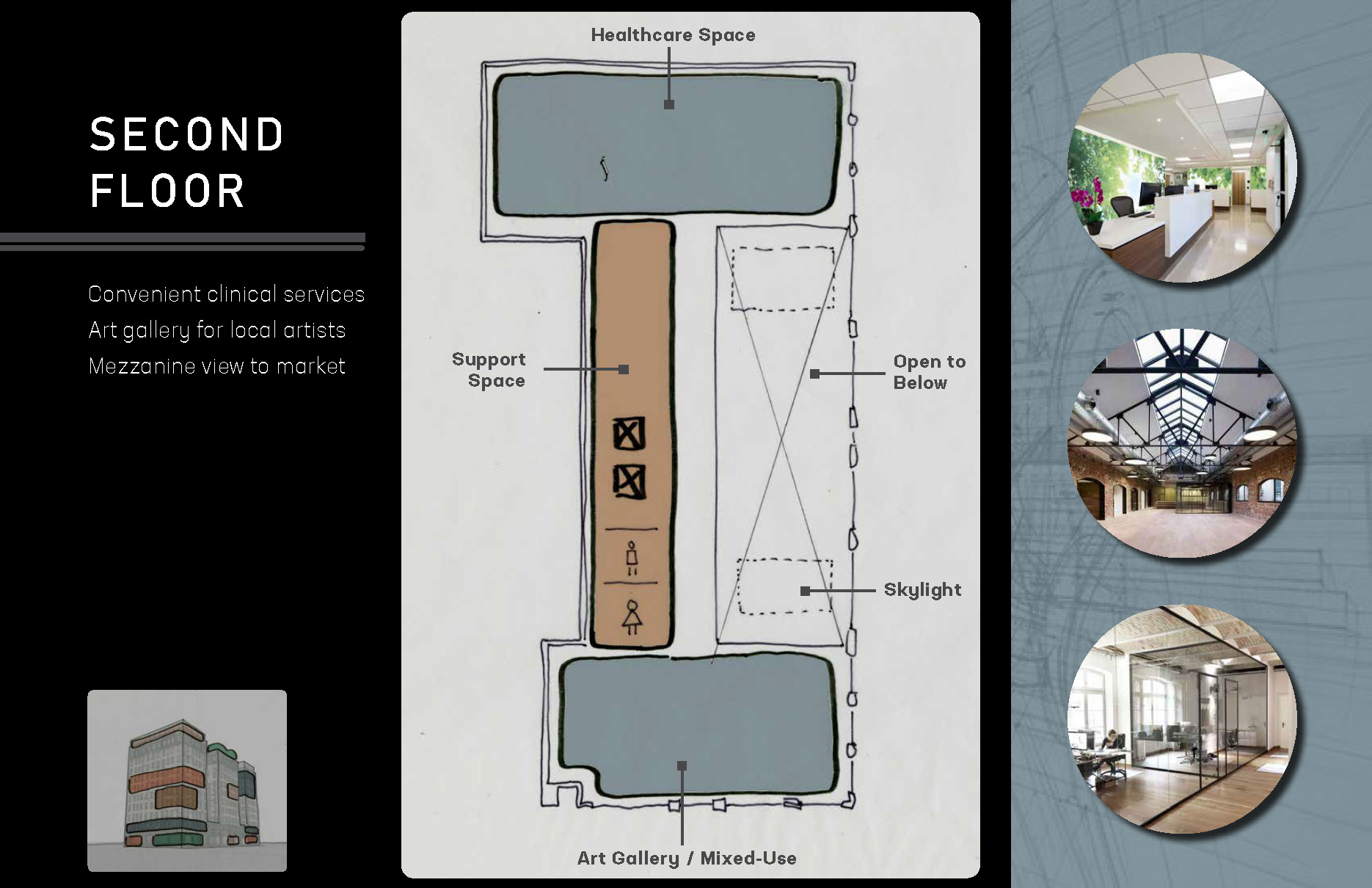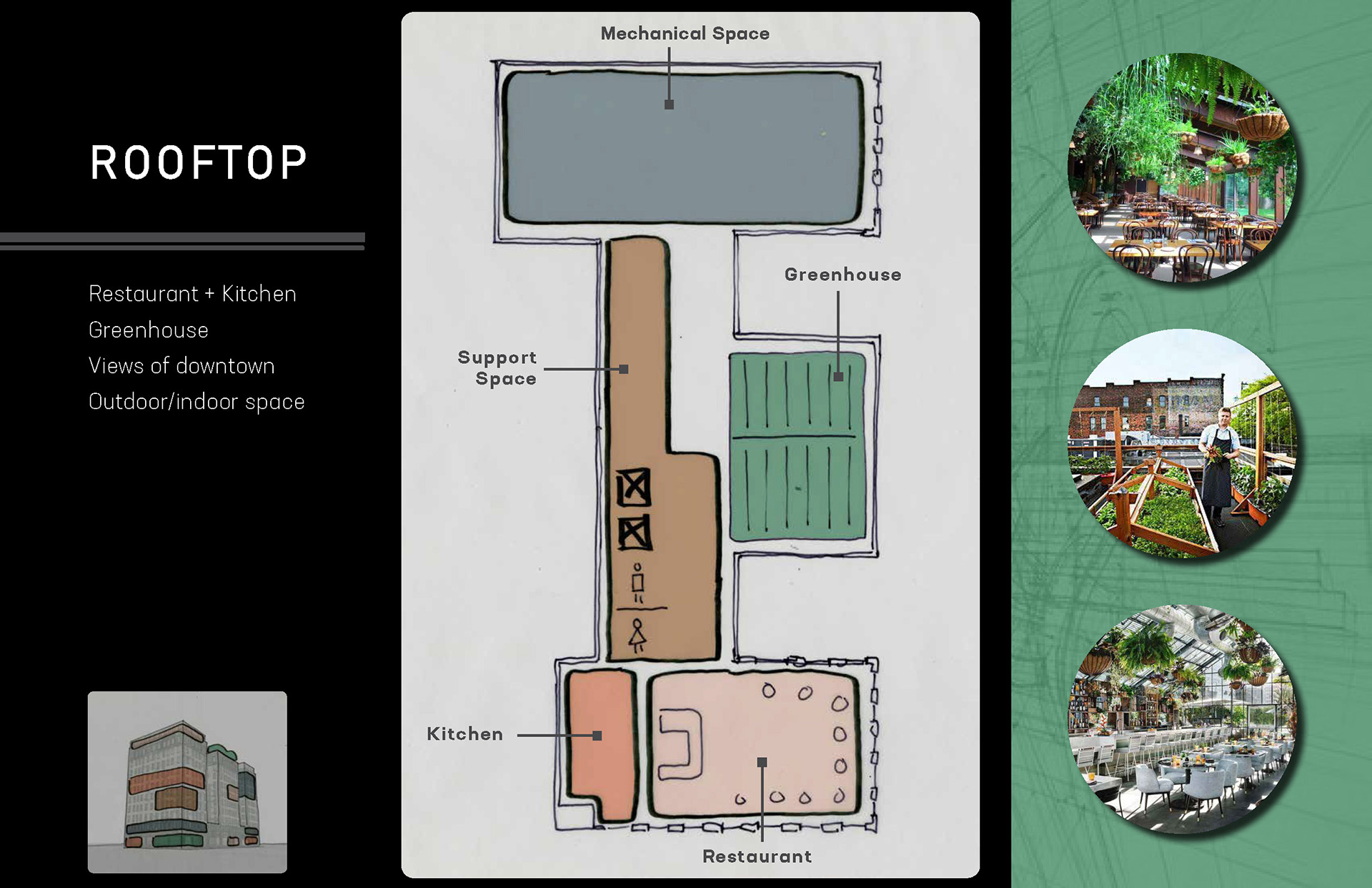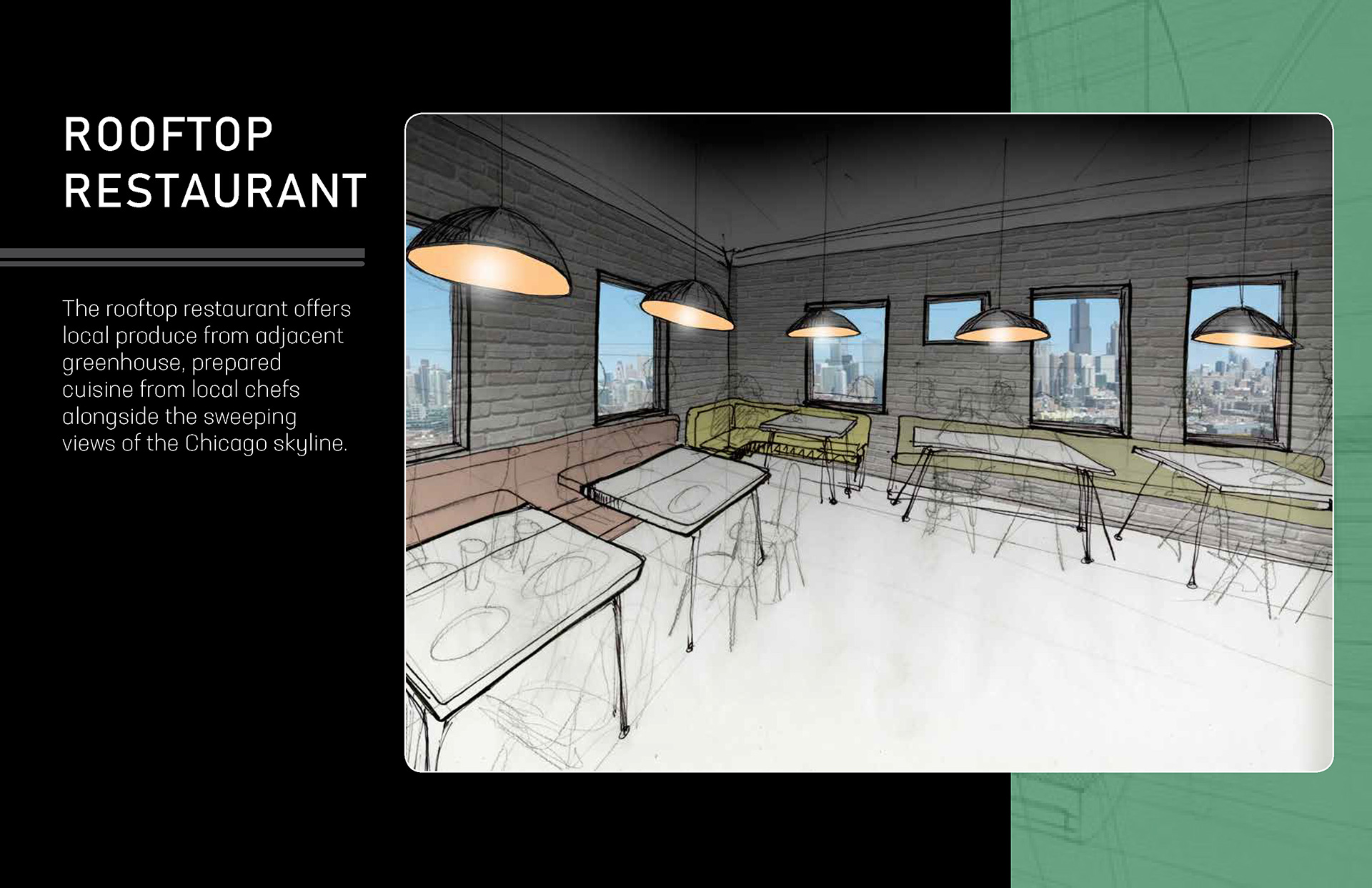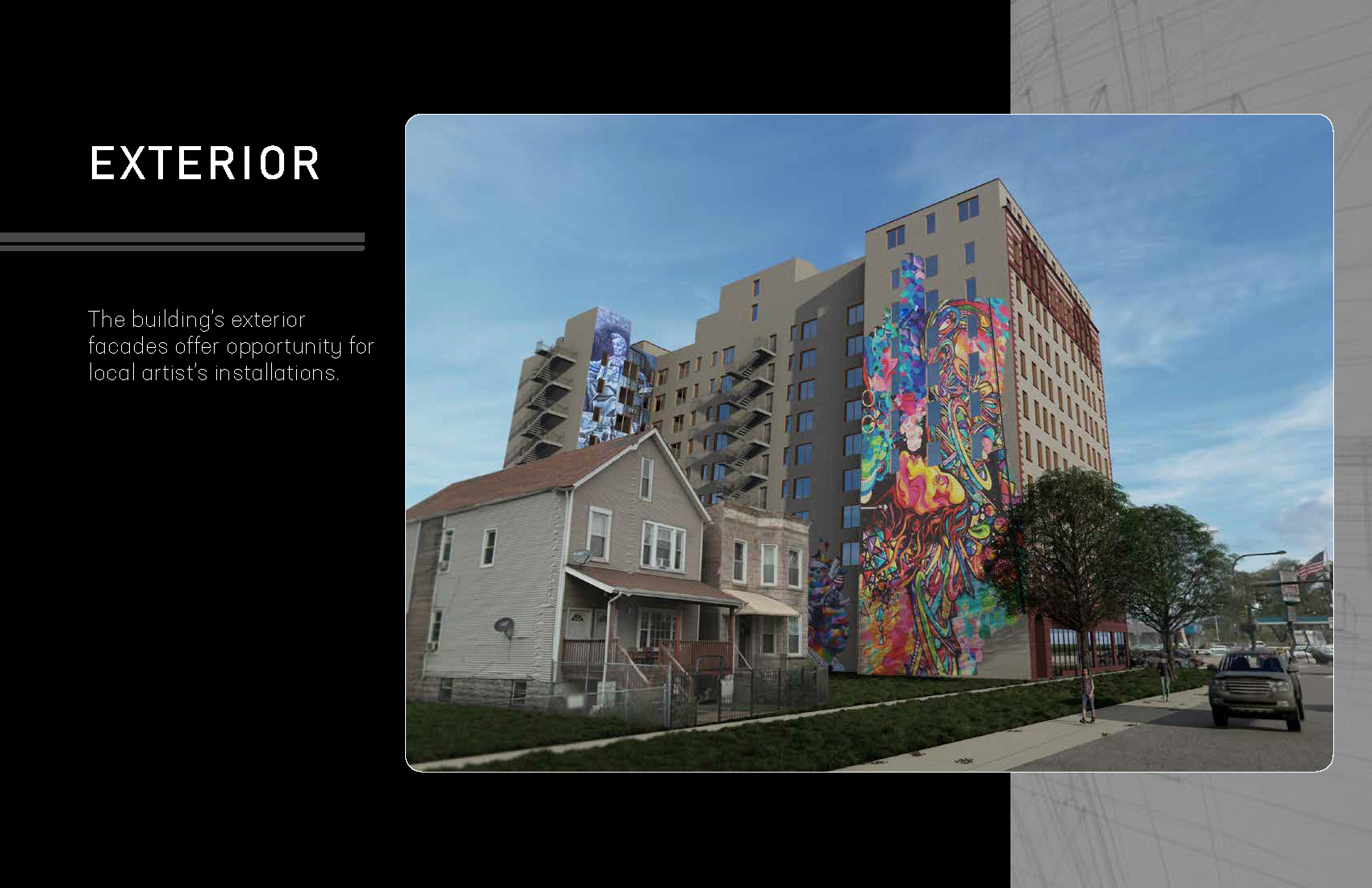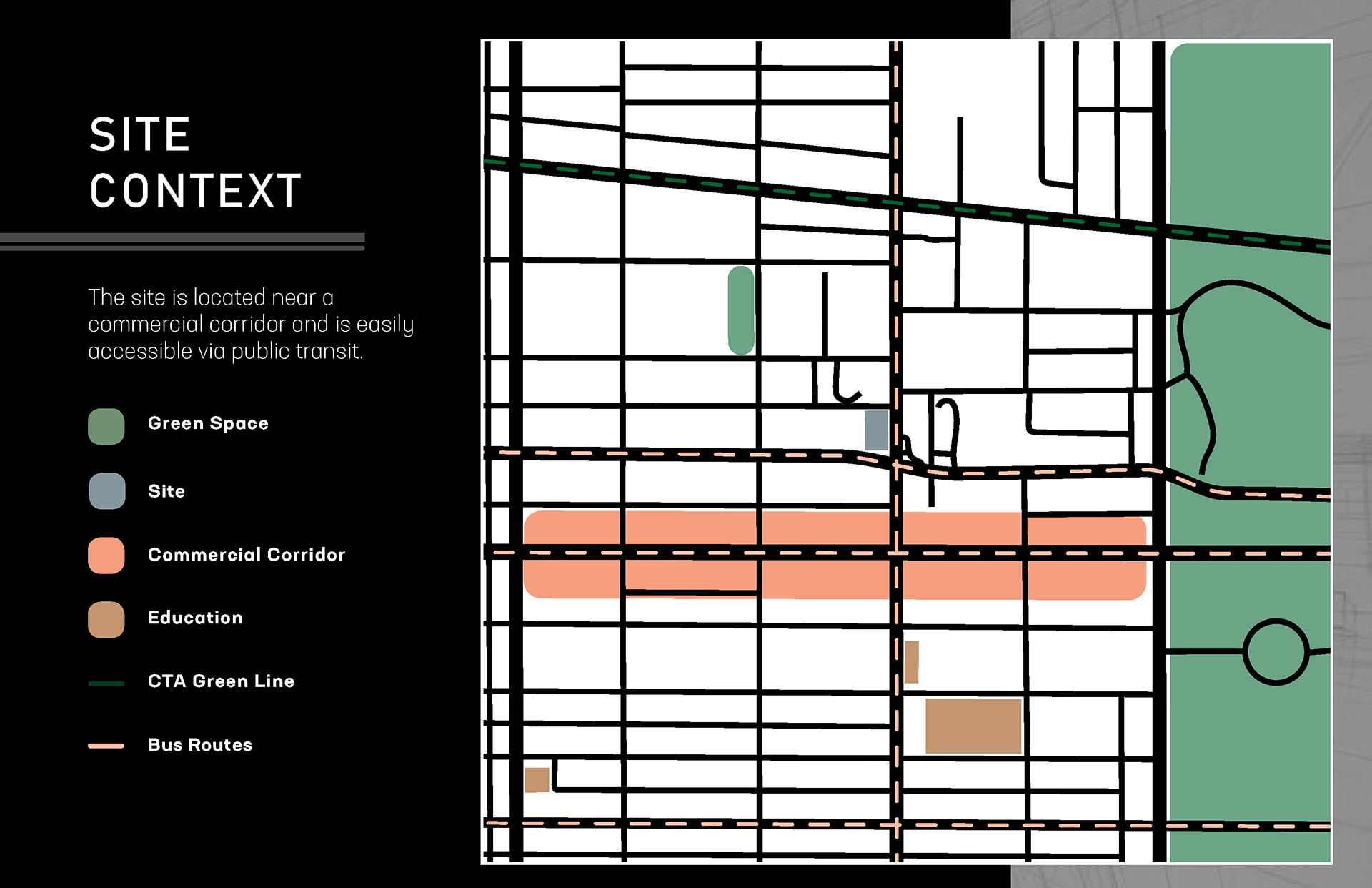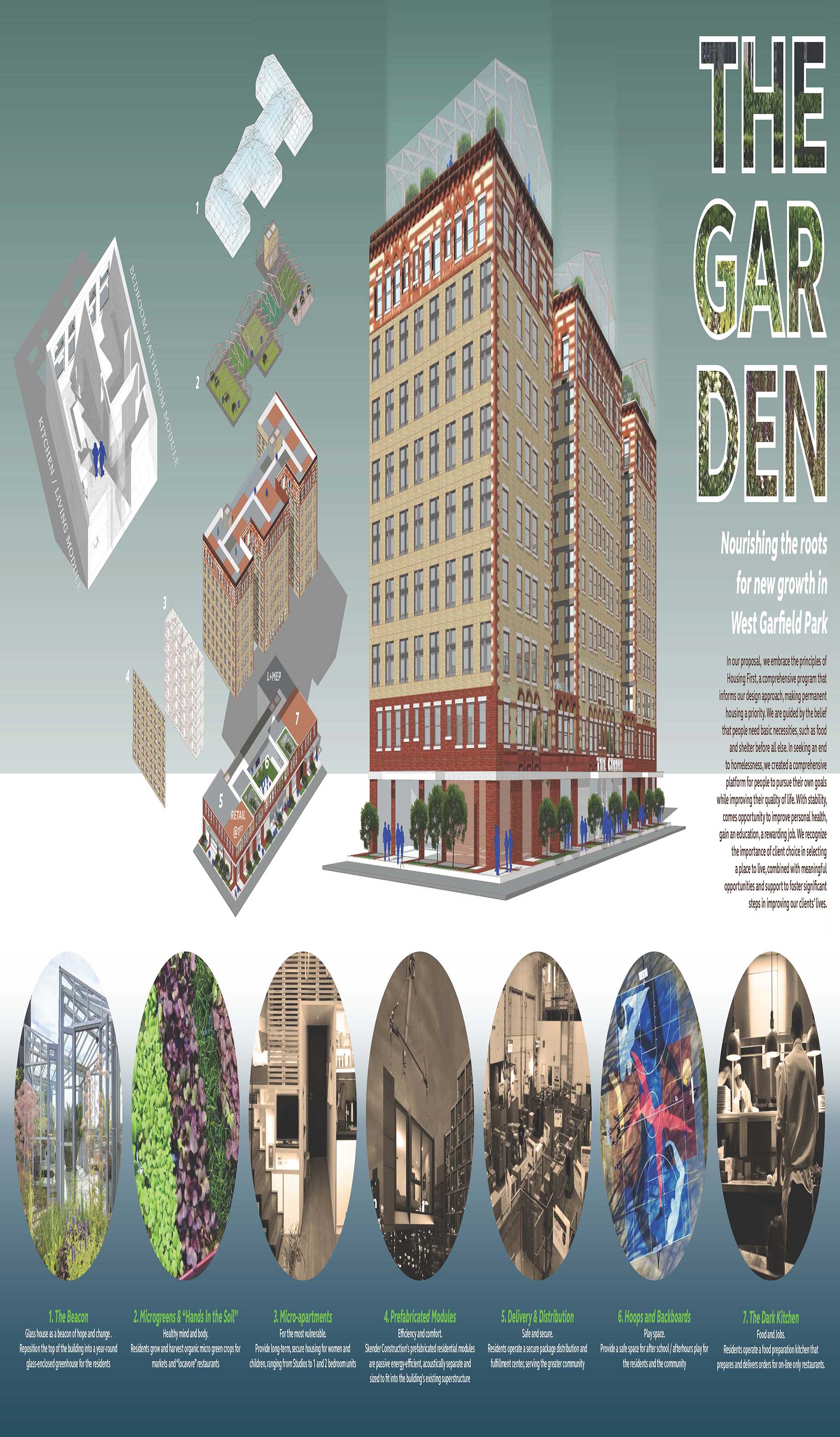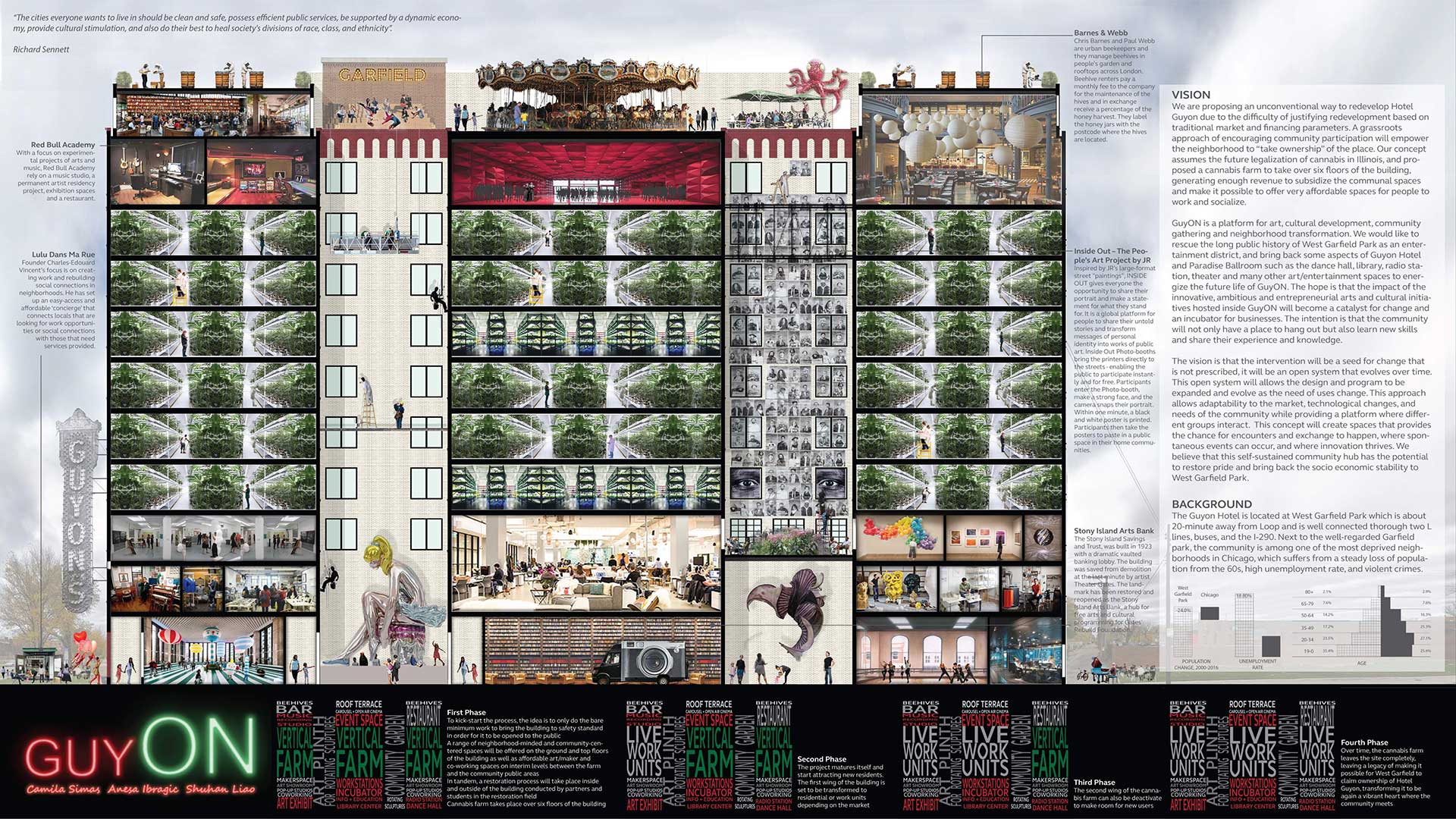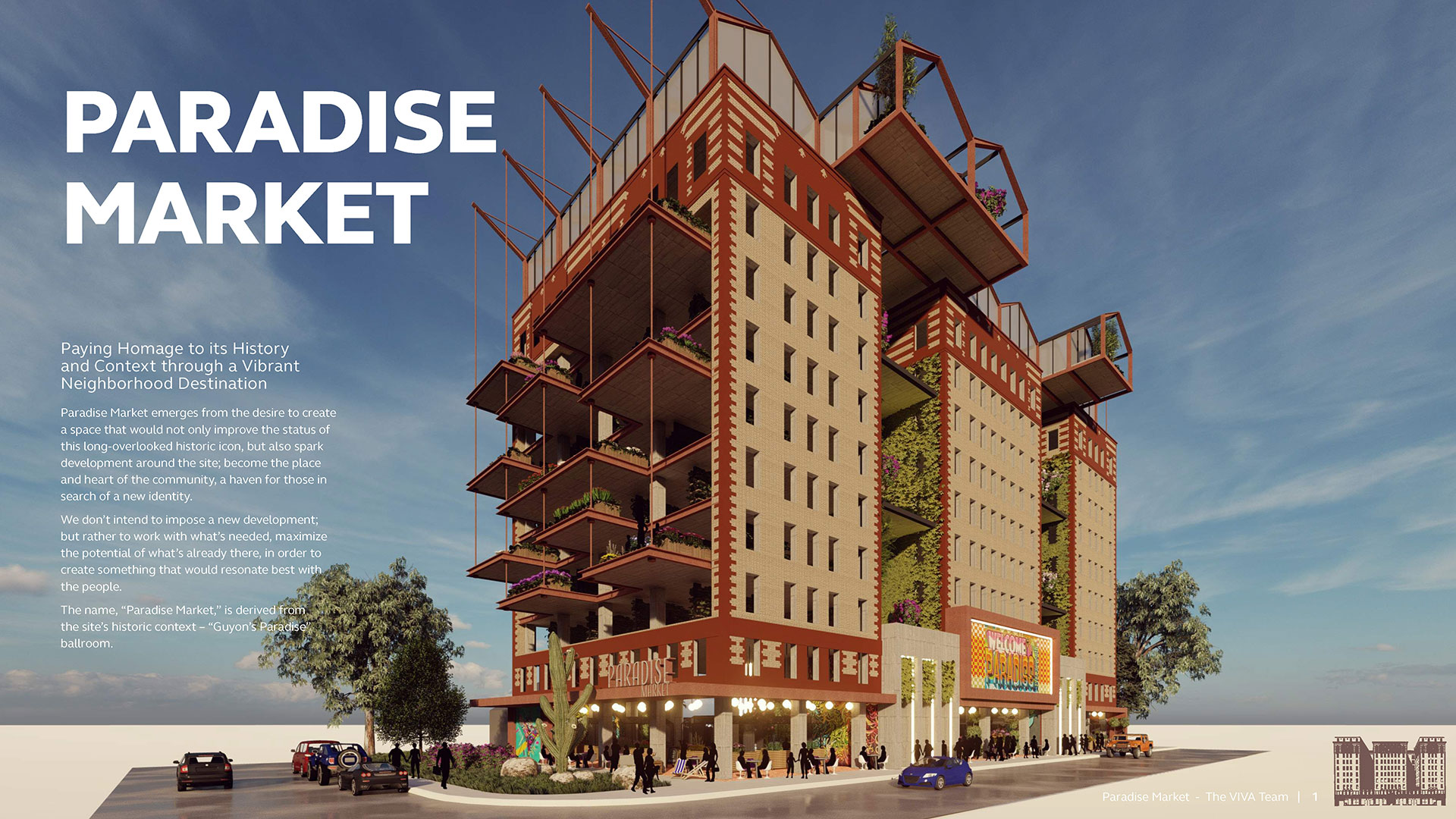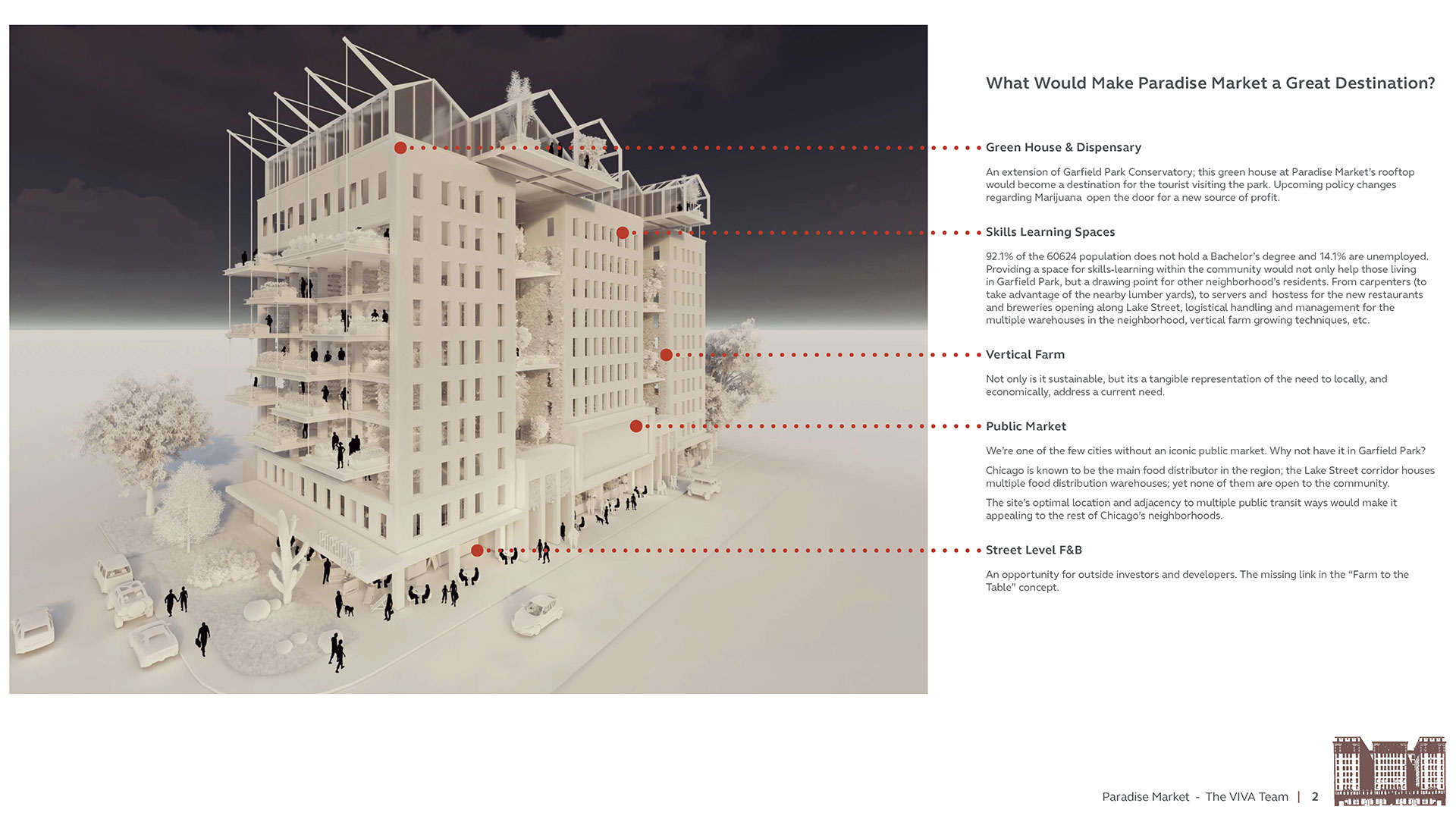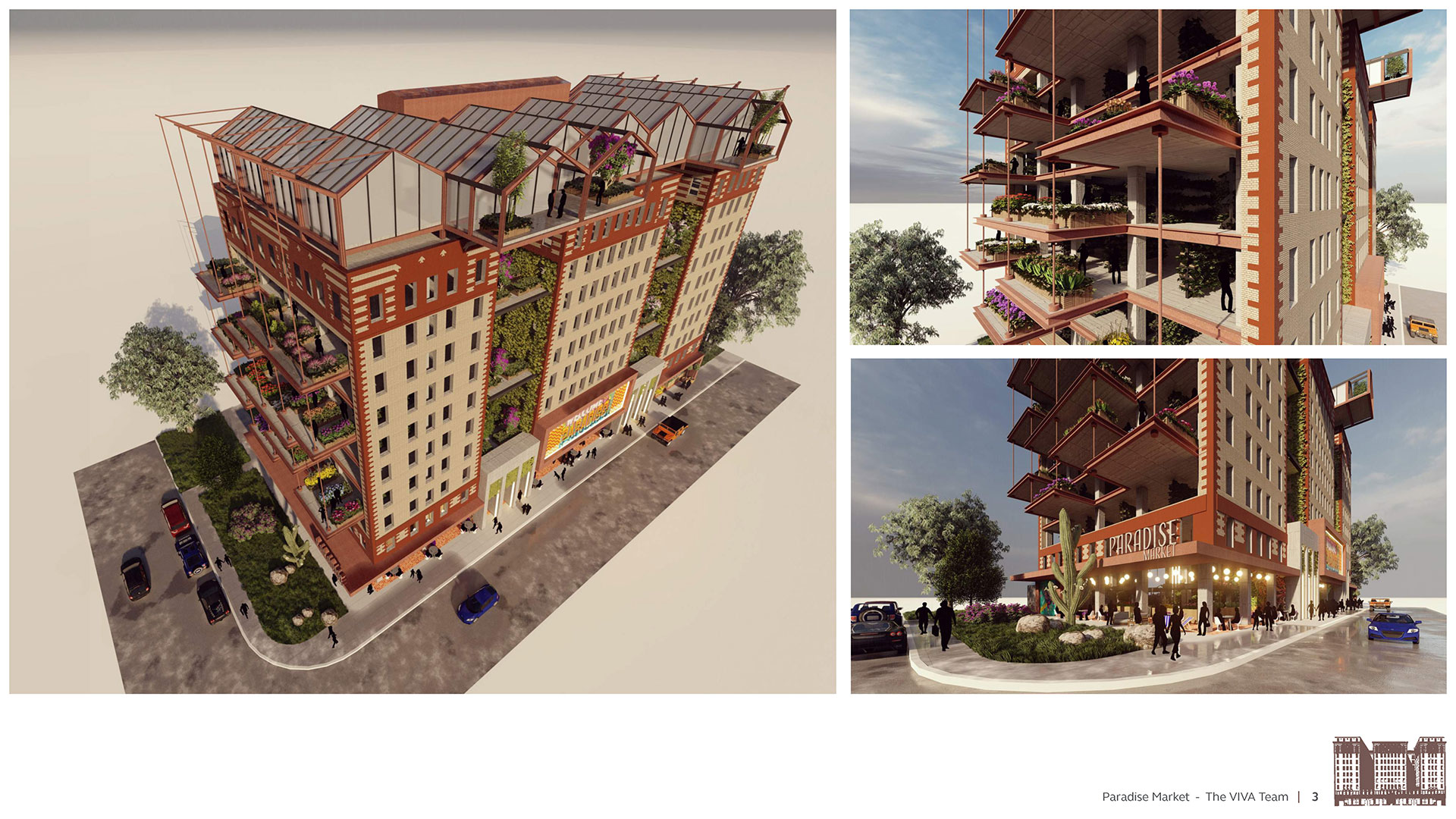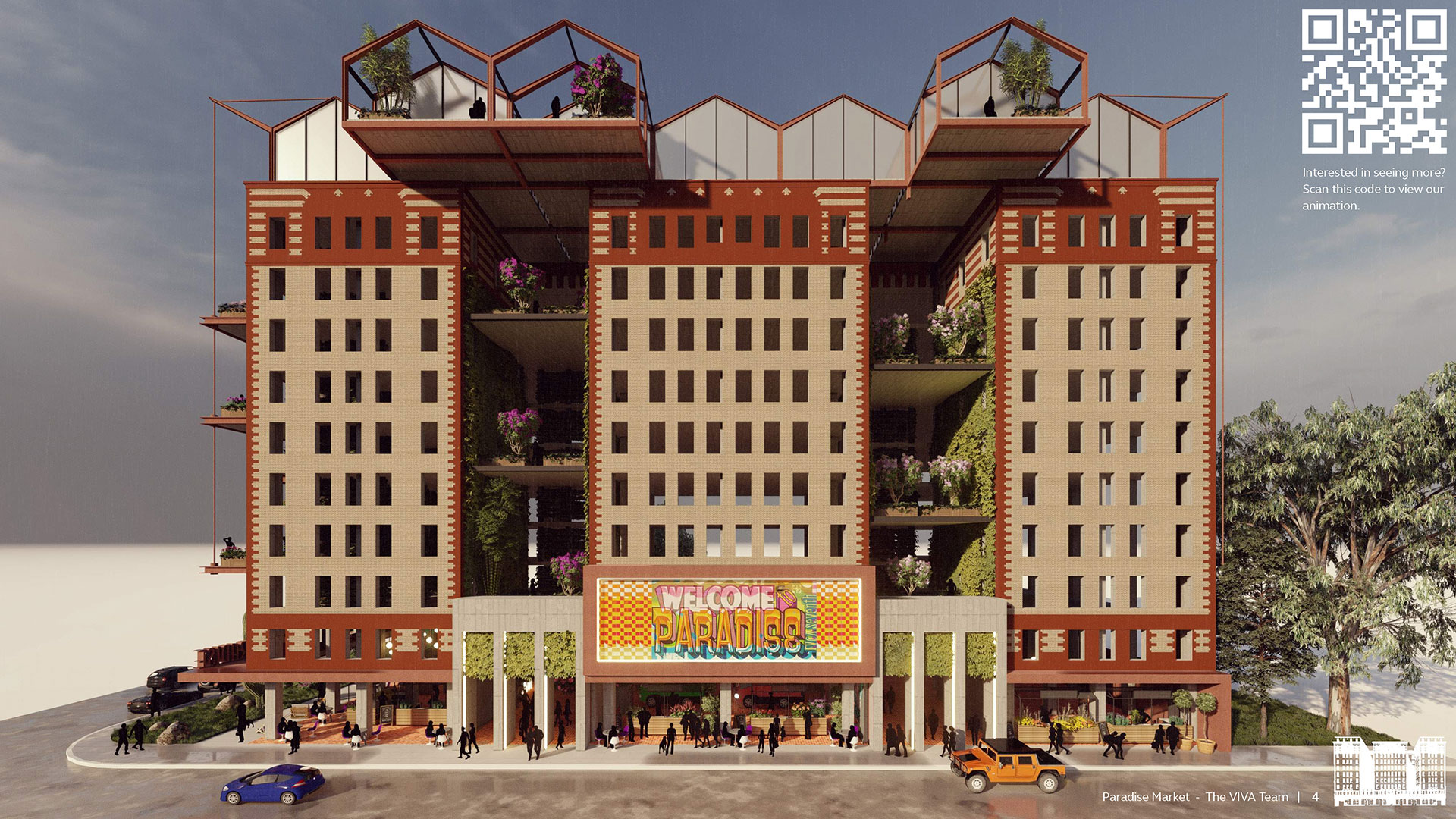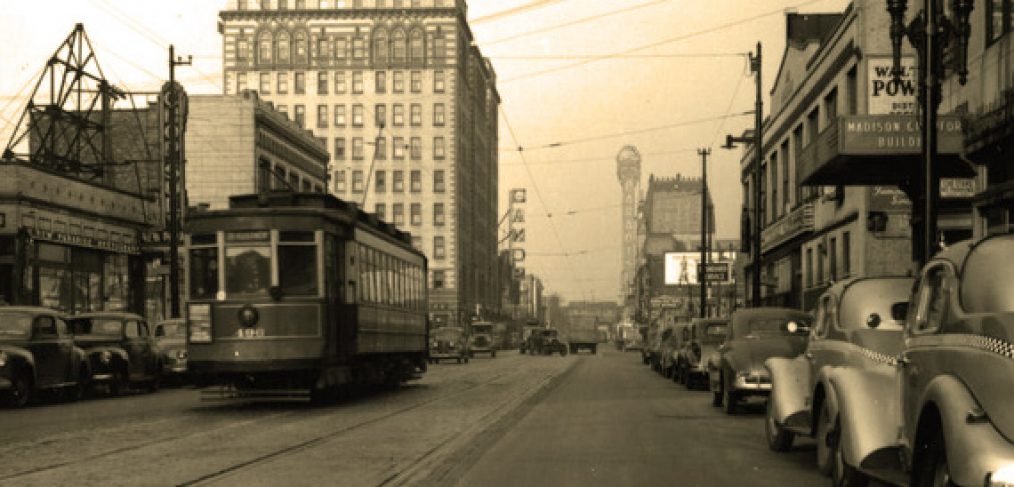
Saving a Chicago Gem: The Guyon Hotel
CRTKL sparks a necessary conversation about preservation and community
The Hotel Guyon was built in 1928 in Chicago’s West Garfield Park neighborhood, one of four iconic post-WWI buildings that helped usher in the city’s Jazz Age and re-affirmed this was indeed the city of broad shoulders. J. Louis Guyon, the property’s original owner and a local dance hall impresario, expected the hotel (a pastiche of Moorish, Venetian and Spanish Colonial styles) to be a beacon for the then-thriving local community—an expectation that never came to pass. He sold the property in 1930 and set off what would become a long and steady decline in the hotel’s status. Despite several attempts to rehab the building, one in the late 1980’s by former president Jimmy Carter (who actually lived there for a time), the Guyon Hotel has been mostly or totally vacant since the 1970’s. In 1985 it was added to the National Register of Historic Places.
As the hotel’s glory days slipped away, so too did West Garfield Park. The neighborhood declined precipitously in population, median income and civic services. Thanks in large order to the de facto segregation of the city’s draconian housing policies, neighborhood evictions skyrocketed, crime and disenfranchisement increased, and population plummeted—from an estimated 50,000 people in 1940 to 18,000 in 2012. It has also seen a lack of investment both from private and public sources.
The Chicago 7
Each year, Preservation Chicago releases “Chicago 7,” a list of seven historic buildings at risk for demolition. Often the buildings make the list because of their development potential—great structures in high-demand, well-served neighborhoods. Less often, the at-risk buildings are in underserved neighborhoods (i.e., ironically, those with the greatest need for regeneration) but the market demand is not acute enough to drive re-development. As a result, many of these buildings deteriorate to a point where they are condemned and need to be demolished. The Hotel Guyon made the Chicago 7 endangered list in 2012, 2013, 2014 and 2018.
And yet the property—and the neighborhood—continue to have extraordinary untapped potential. Along with its largely intact stock of pre-War buildings, WGP stands less than two miles from the Chicago Loop and is served by two CTA “L” line trains. It was this potential that intrigued us.
Let’s Throw Out the Rules
Here in CRTKL’s Chicago office, we saw an opportunity to start a conversation about the building and the larger neighborhood. We reached out to Preservation Chicago and decided to launch an internal design competition to spark ideas and dialogue—essentially to get the word out that the neighborhood and building have potential. We invited a jury of local design and preservation professionals and threw out the rules. We declared the program “open for interpretation,” and allowed entrants to present whatever they felt was right…as long as it served the community.
After a month, balancing work, home and more work, five teams offered some wildly different but hugely creative solutions. Each presented their ideas to the jury, who were encouraged to ask questions, poke at the logic and select a single winner.
“Of the five design submissions, some concepts [were] more far-fetched, such as a rooftop carousel or floors of marijuana grow rooms,” said Ward Miller of Preservation Chicago. “However, a little fantasy and humor is okay.”
The Jury
• Ward Miller – Executive Director, Preservation Chicago
• Mary Lu Seidel – Director of Community Engagement, Preservation Chicago
• Gary Stoltz – Principal + Chief Design & Development Officer, R2 Companies
• Jenny Trautman – Development Manager, R2 Companies
• Ernest Wong – Principal, Site Design Group Ltd.
• Keith Campbell – Vice President, CallisonRTKL
• Mark Lauterbach – Vice President, CallisonRTKL
The jurors, like all the staff, seemed genuinely moved by the entries. One developer who may buy the property announced he wanted to talk to CRTKL to discuss “outside the box” ideas for redevelopment.
The Teams
1st Place
“Cross-Rhythm”
• Deepa Bharadwaj
• Mariela Ortiz-Pérez
• Amanda Uhlarik
2nd Place
“Hotel Guyon: Infusing the Past with New Purpose”
• Katie Moore
• Nick Moen
• Bryan Williams
• Victoria Saunders
• Ya Vaughn Harlston
3rd Place
“The Garden”
• Mark Lawrence
• Erich Dohrer
• Tom Arsovski
“Hotel Paradise”
• Sharon Aurelio
• Carlos Alba (from Dallas office)
“GuyOn”
• Camila Simas
• Anesa Ibragic
• Shu-han Liao
Architects Must Step Up
The future of architecture lies in architects playing a larger role in their communities and pushing to make things better. Too often development is driven by economic forces outside the design community, with architects being brought in only to help execute an already developed plan. The energy and excitement this exercise has ignited in the office—and within the local community—has been inspiring. It has helped elevate our profile in Chicago—as creatives, thought leaders, visionaries. It may have helped save one of the city’s great architectural treasures. And that reminds us all why we became architects in the first place.
The submissions have been published in Curbed and can also be found in these downloads: Paradise Market, The Garden, Team GuyON, The Hub and Cross Rhythm.
The documents will be cataloged by the Art Institute and made available to researchers and scholars.

